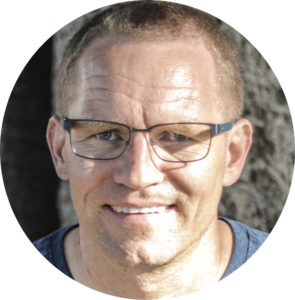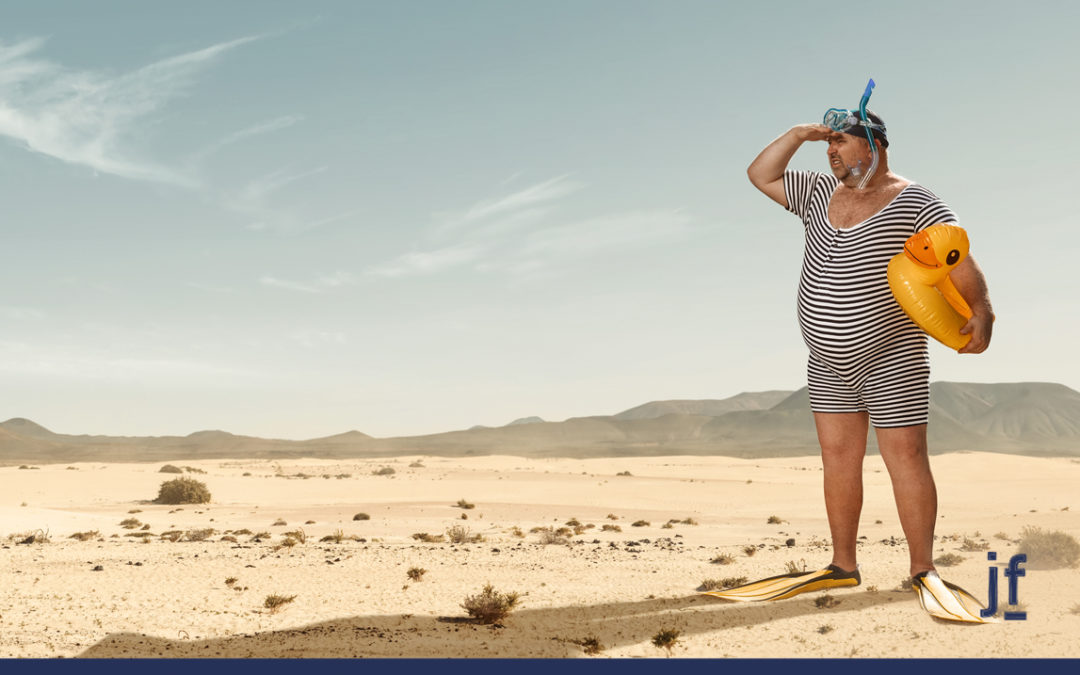Have you ever been at point in your life when you were perfectly content to wander with no clear goal or destination in mind?
For me, that point lasted about twelve years, starting in college and spanning about eight years after it. During this era, my friends would often proclaim, “You’re so random.” I’d set out on long walks with nowhere specific in mind that I was going. I was just exploring and finding fascination in whatever I found. It could be a rare, majestic rose. It could be a trash bin. I committed myself to try and love whatever I discovered.
In college I picked up some majors and at various intervals pondered being a doctor, nurse, physician’s assistant, or social worker, but I had no real desire to pursue any of those callings long term. Actually, I had no idea what I really wanted to do with my life when I grew up.
After college, I held a wonderful job working with people who experience disabilities, a far cry from any of the career options I had entertained in college. But for me the work was like discovering that rare, majestic rose and I loved it. Yet, I knew it was not something I wanted to do for the rest of my life.
Drifting was, simply, my way of life and I immersed myself in it. At some point, I tired of aimlessly drifting with the current of life and developed a nagging sense that I wasn’t creating the life I craved.
For the last few months, ever since I got lost along a trek, I’ve been thinking about that era. The trek started at the Tristate Marker that denotes where Iowa, Minnesota and South Dakota meet. Such locations are pure bliss for a geography geek like me. Perhaps it was, then, the geography geek in me that got a little cocky that day. I was ABSOLUTELY certain I knew which direction was north based on my previous experience with the Tristate Marker and my “good sense of direction.”
Confidently embarking on my journey, I was determined it would be a 14 mile walk home–a challenging distance, for sure, but quite manageable. About three or four miles into my trek I could make out a grain elevator on the horizon. I thought, “Ahh, Hills, Minnesota, what a good sign! I’m heading north, EXACTLY THE DIRECTION I WANT TO GO.”
However the more I gazed at the grain elevator, the more I realized it looked an awful lot like the Larchwood, Iowa grain elevator. For a few minutes, I tried to convince myself, out desperate hope, that the Hills, Minnesota grain elevator looked exactly like the Larchwood, Iowa grain elevator.
Have you ever done that? Tried to convince yourself that the landmarks around you are an indication that you are headed in the right direction, even when you know in your gut they are not?
Fortunately, recollection quickly took the reigns and reminded me that I had recently been to Hills and that the grain elevator there looks nothing like the Larchwood grain elevator. So, I fished my phone from my pocket. Google Maps unceremoniously confirmed precisely what I had suspected: I was headed in the wrong direction.
One of the benefits of all those years of drifting and endeavoring to make due with whatever I found was that I never had to experience going in the wrong direction. When I didn’t have an expectation of which direction I wanted to head, I could never choose the wrong way.
Had this current trek happened back in my drifting days, I would have simply told myself, “Wow! I guess life wants me in Larchwood today. I wonder what there is to see in Larchwood?”
Have you ever noticed that when you set no expectations for yourself you can’t do anything wrong?
For me, the downside of this directionless, no expectation lifestyle came to be that I stood little chance of achieving any of the dreams that lived deep in my heart. I wandered with the hunger to make steady progress toward my dreams deep inside, wondering how to satiate it.
In my presentations, I frequently talk about the power of taking your next micro step. Taking wandering micro steps that don’t lead toward any destination in particular is not right or wrong. I logged countless, amazing discoveries during my years of wandering. If you are choosing to wander at this point in your life, enjoy all the unexpected discoveries you make.
But if in your heart, you want to work through a specific challenge, reach a specific goal or make progress towards a specific dream, wandering likely won’t get you there. No matter how many micro steps I would have taken south, further into Iowa, I wouldn’t have reached my parent’s house unless I went around Antarctica and through the North Pole, which would have been a bit of a longer journey than I had planned for that Tuesday afternoon I set out.
Said another way, wandering may eventually get you were you want to go but it will take far more time and energy than had you just taken micro steps in the direction you wanted to go.
True Jason! But it’s easy to lose sense of direction and get lost. Ahh, this is where doing our Imperfect Best comes in. Basically, if you are moving in a direction and the landmarks start to indicate that you are headed the wrong way, take stock, realize that you did the best you knew how up to the point you are at but that that best was imperfect. Once you realize this, simply turn around and start off again in the direction you want to go.
You might be thinking, “But Jason, I will have to admit that I took a wrong turn.”
Yes you will, but would you rather admit you’re wrong sooner, so that you can begin going in the direction you desire? Or do you want to put off admitting you are wrong until you’ve spent additional energy going in the wrong direction and are more lost? Always remember if you can take micro steps in the direction that isn’t leading you where you want to go, you can just as easily take micro steps in the direction you want to.

JASON FREEMAN is a Professional Speaker and the proud owner of a Speech Impediment. He is also the author of “Awkwardly Awesome: Embracing My Imperfect Best” and a Perseverance Coach.
He excites and encourages his audience to break through the barriers of their own limitations using a method he created, called “doing your Imperfect Best ™”.
His Imperfect TEDx Talk can be viewed here.


Recent Comments